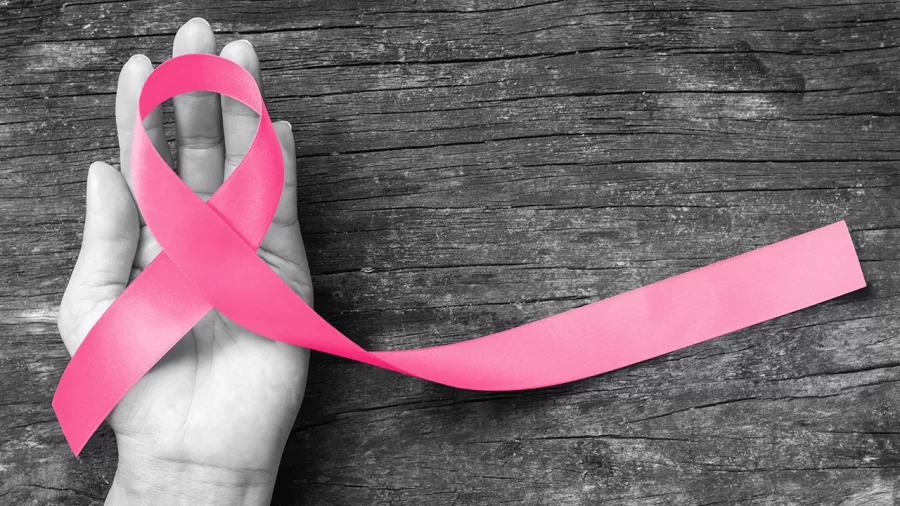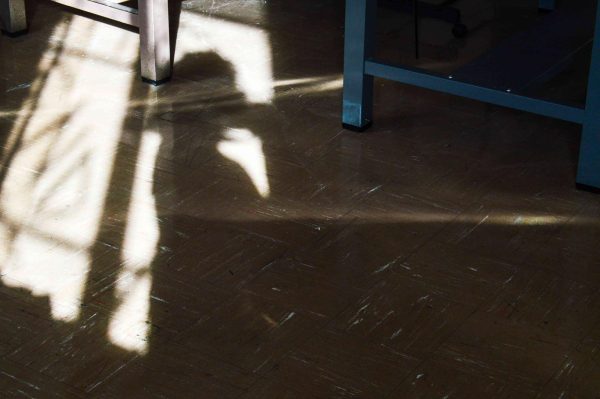Breast Cancer Awareness: Remember the importance of self-examinations
According to the National Breast Cancer Foundation, one in every eight women in the United States will develop breast cancer in their lifetime. To put this in perspective, someone is diagnosed with breast cancer every two minutes in the United States.
Breast cancer occurs when a buildup of cells forms a malignant tumor in the breast. Even though it is rare, men can also develop breast cancer; about one in every thousand men will develop breast cancer in their lifetime.
Nowadays, it is more common for younger women to be diagnosed with breast cancer, so it is extremely important that women perform self-examinations regularly.
Men’s breast cancer usually appears as a hard lump under the nipple and areola. Men should regularly check their breasts too since men’s breast cancer carries less awareness, their mortality rate is usually higher.
Self-examining your breasts can be helpful to detect early stages of breast cancer. Johns Hopkins Medical Center recommends that women self-examine themselves once a month.
If you make this a routine, you will learn more about your breasts; if there is ever anything out of the ordinary, make sure you contact your doctor.
Even though feeling a lump in your breast can feel scary, they are not always malignant. Sometimes breasts can have benign tumors
How should you perform a breast self-examination?
- In the shower
Bring your right hand to your head and with the pads or flats of your left fingers begin to press from your nipple all the way to your armpit area in a circular motion. Apply light, medium, and firm pressure to check for lumps, thickening, hardened knots, or anything out of the usual. Do the same on the other side.
- In front of the mirror
Visually inspect your breasts for any changes with your arms at your sides, then bring them overhead. Look for any changes in your nipples, color change or swelling.
Then, rest your palms on your hips and flex your chest muscles. Look to see if there are any changes in your breasts.
- Laying down
Place a pillow under your shoulder and bring your arm behind your head. Using the opposite hand, move the pads of your fingers around your breast gently to cover the area. Squeeze your nipple and check for discharge and lumps.
If you have a strong family history of breast cancer, you might have a high risk of getting breast cancer and ovarian cancer. Some of the most commonly known risk factors include: getting older, being a woman, having dense breasts, radiation exposure, being overweight or being obese after menopause, excessive consumption of alcohol and smoking.
Even though these are the most common ones, having several risk factors does not mean you will get cancer. However, there are a few things you can do to prevent it, like touching your breasts regularly and maintaining a healthy lifestyle.

My name is Alexia Castellon. I’m a Mass Communication senior with a concentration in PR. I was born and raised in Nicaragua, and I am fluent in Spanish...











